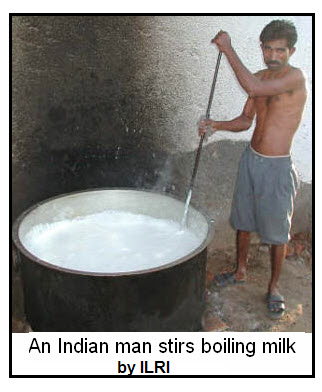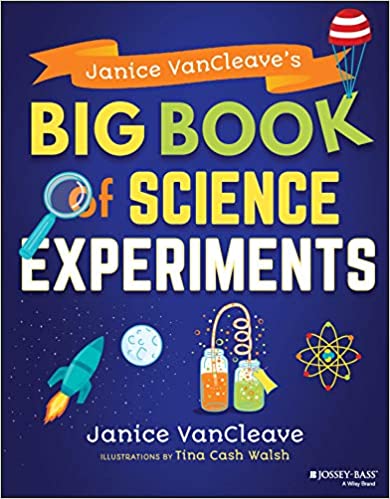
Pasteurization is a process name for French scientist Louis Pasteur , who discovered the process in the 1860s that undesired fermentation caused by bacteria could be prevented in wine and beer by heating it to 135°F (57°C) for a few minutes.
The process is still used for sterilization of liquids such as milk, orange juice, wine, and beer, as well as cheese, to destroy disease-causing and other undesirable organisms.
When pasteurizing milk, it is heated to about 145°F (63°C) for 30 min or by the “flash” method of heating to 160°F (71°C) for 15 sec, followed by rapid cooling to below 50°F (10°C), at which temperature it is stored.
Pasteurization does not kill the harmless lactic acid bacteria in milk. If the milk is not kept cold, this bacteria multiplies rapidly and causes the milk to have a sour taste, thus the mild is said to be sour. The sour taste is due to the presence of lactic acid, which forms when bacteria changes lactose into lactic acid (acids have a tart or sour taste). Even though the lactic acid bacteria limits the safe shelf life of milk, it is an important bacteria that helps your body. Good bacteria are called probiotics.
When refrigerated, the lactic acid bacteria multiply, but at a slower rate. Given enough time, even milk in the refrigerator will sour.
Big Book of Science Experiments
A book of fun informative experiments about astronomy, biology, chemistry, earth science, and physics.
(Paid Link)
Big Book of Play and Find Out Science Projects
Using this book as a guide, you and your favorite budding scientist can have fun exploring the world while you help your child learn about science and develop important science process skills. You may think it’s hard to get young children interested in science, but just watch their eyes light up when they make bouncy blubber or play clay, or when you venture out together in the backyard or local park for a bug-collecting expedition. These are the kind of everyday explorations that give kids a great foundation for a lifetime of science learning.

